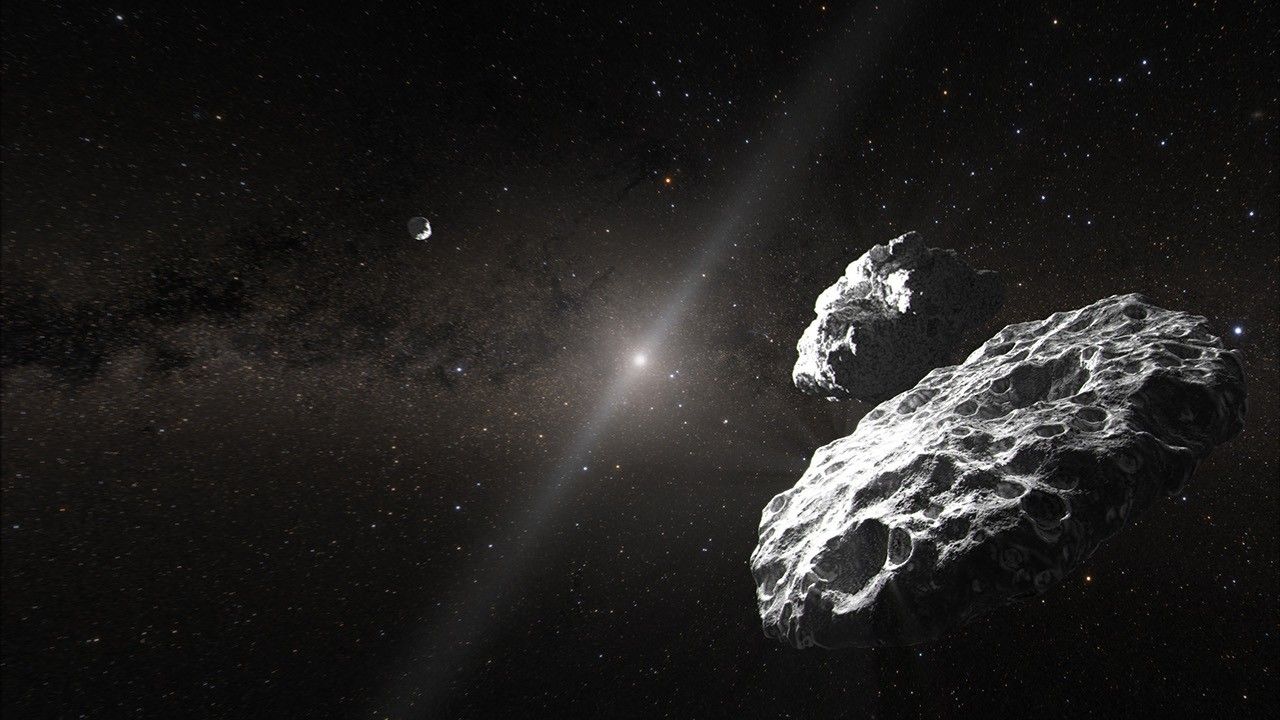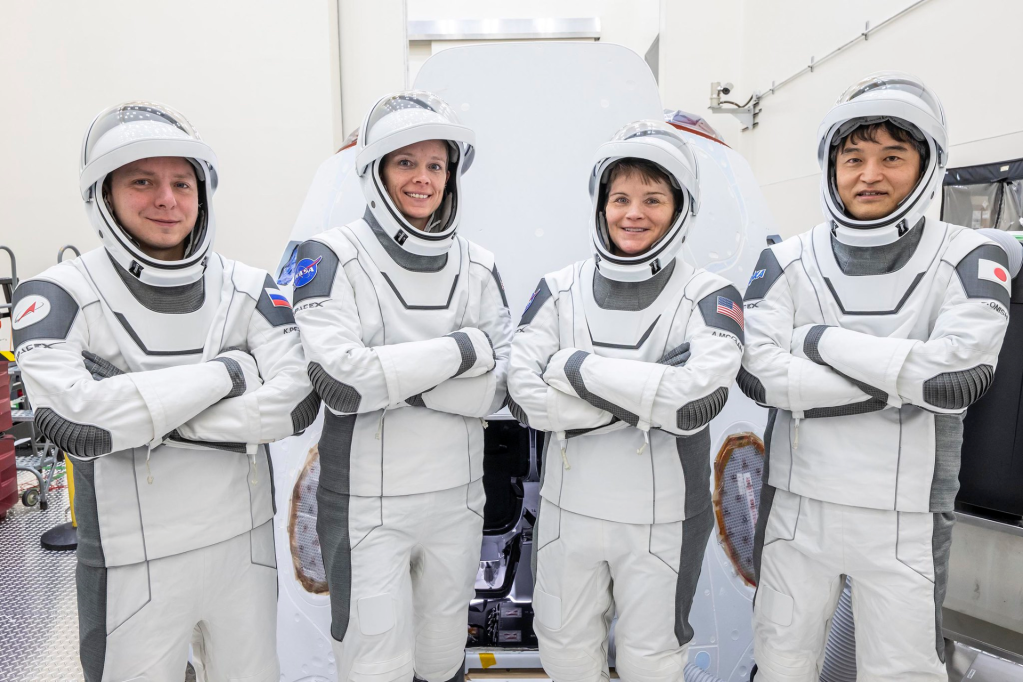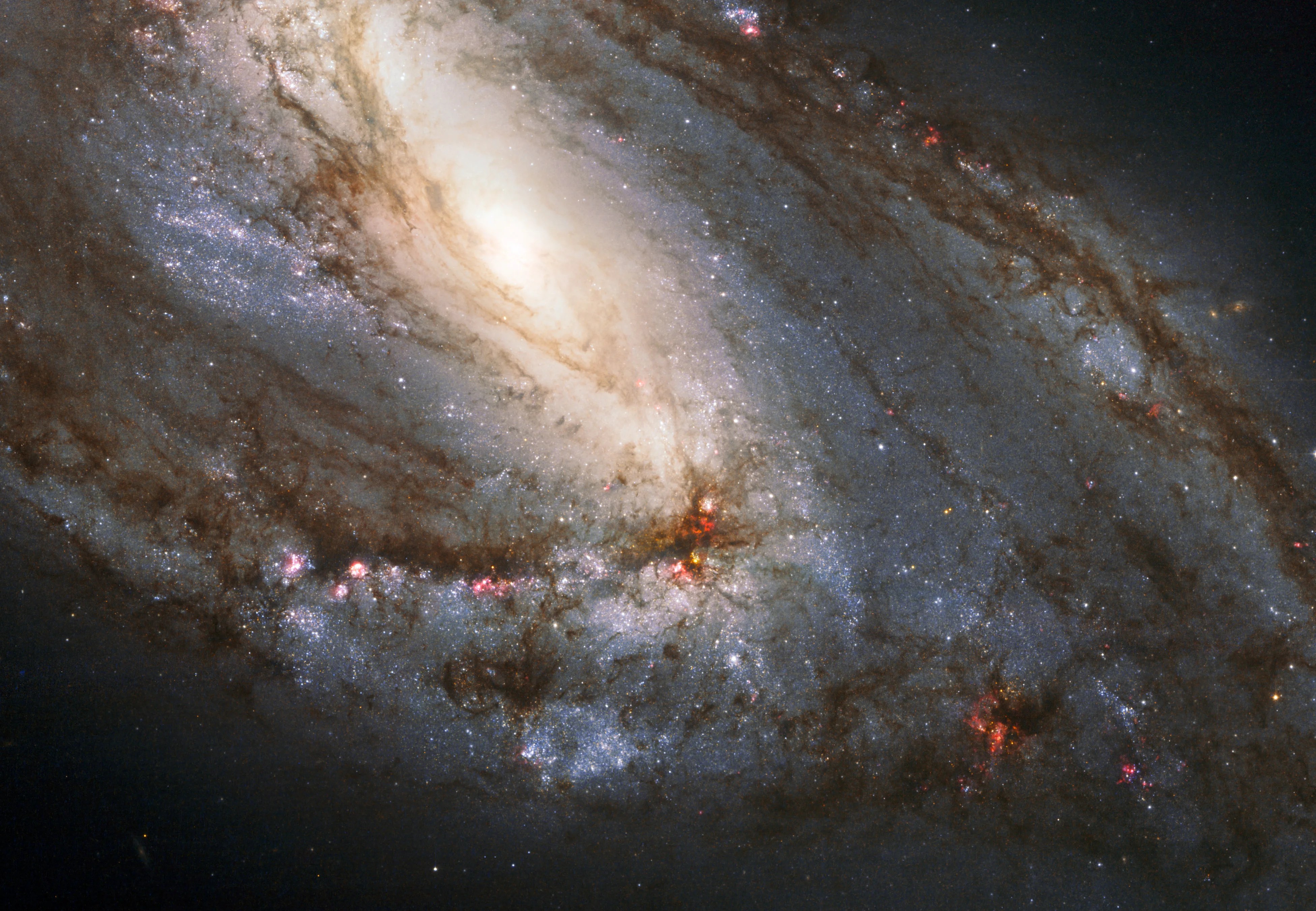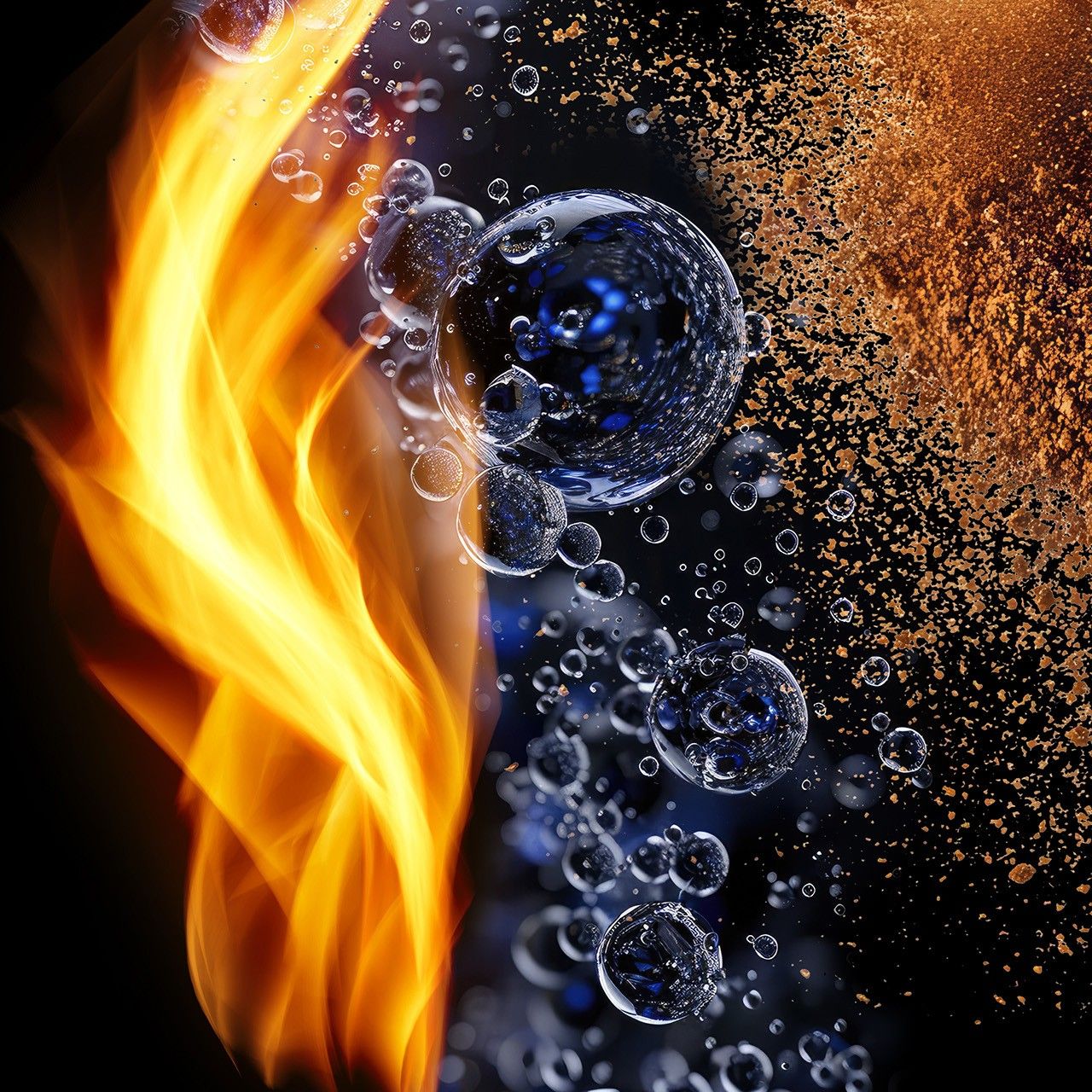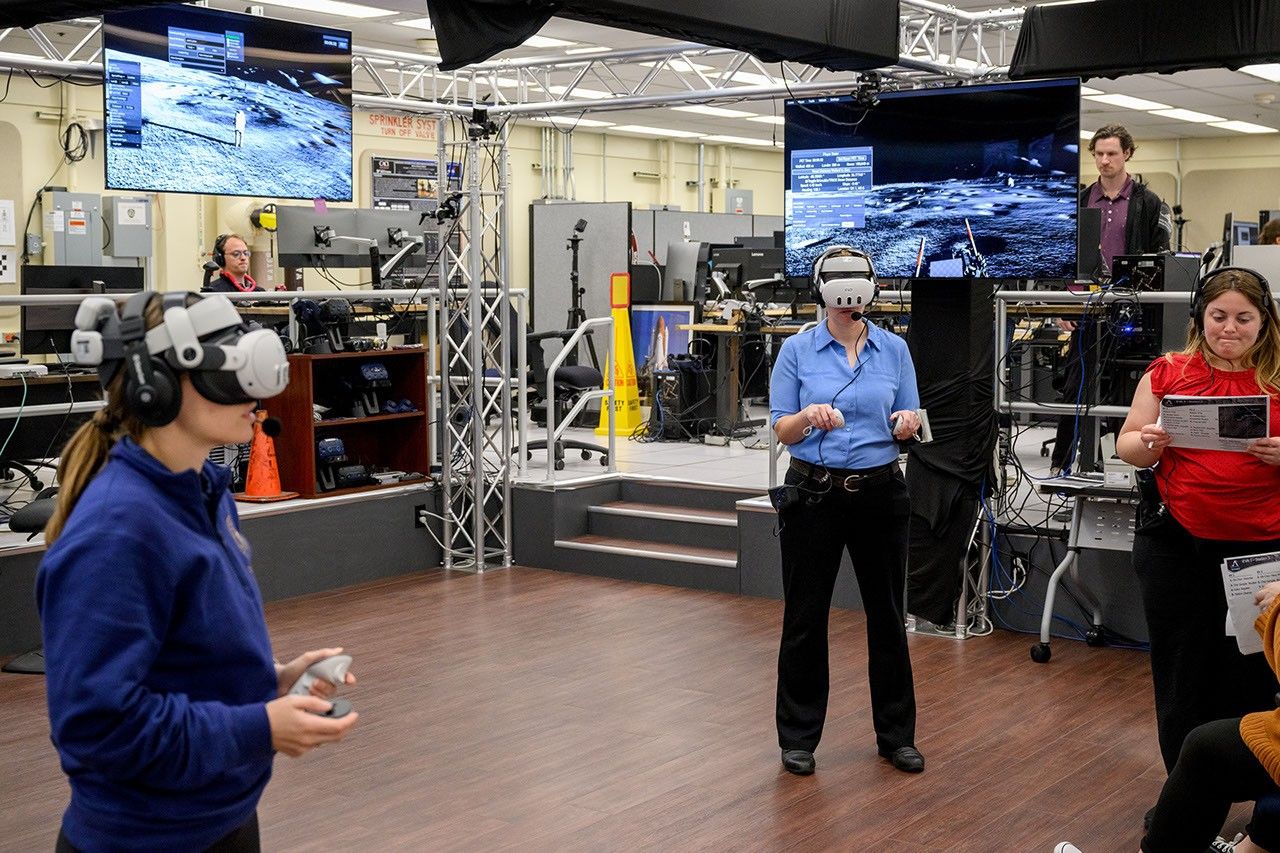Applied Physics Group
Overview
Scope
In the Applied Physics group we fuse physics-based modeling and simulation with machine learning. We develop technologies for 3D printing, advanced materials, and physics-based intelligent systems, and then use those technologies to address NASA’s toughest challenges.
Objectives
- Understand physical phenomena and mechanisms in design trade-off studies
- Identify root causes of complex system failure as well as risk identification, assessment and mitigation
- Solve engineering challenges by combining physics-based modeling, machine learning, and test data
- Investigate physics-based technologies in system health management, diagnostics and prognostics
Team
Jeremy Aires
Mechatronics, FEM simulation for thermal and structural analysis, control system design
Halyna Hafiychuk
Numerical simulation of physical and chemical processes, chemical kinetics of hydrogen combustion in gaseous mixtures
Vasyl Hafiychuk
Finite element simulation of multi-physics, nonlinear physics of condensed matter, structural mechanics, acoustics
Michael Khasin
Nonlinear stochastic dynamics, cryogenics, large fluctuations and their control in non-equilibrium systems
Dmitry Luchinsky
Two-phase flow, conduction through narrow nanopores, molecular dynamics of polymers
Stefan Schuet, Physics Machine Learning Projects Lead
Optimization, machine learning, statistical signal processing
Kevin Wheeler, Multi-Physics Simulation Projects Lead
Bayesian inference, COMSOL multiphysics, machine learning
Technical Directions
Physics Modeling and Analysis
- Support for Office of the Chief Technologist
- Physics of cryogenic propellant loading
- Physics modeling in deep-space habitats
- Structural health monitoring of nano-composites
- Analysis of nanomaterials properties for thermal isolation
Support for Aeronautics Research
- Simulation of composite materials for health monitoring
- Urban Air Mobility aircraft simulation and controls
- Stall recovery guidance
- Safe flight envelope estimation
- Precursor wire diagnostics using microwave reflectometry
Support for National Institute for Rocket Propulsion Systems
- Participation in technical planning discussions and the Technology teams
Previous support for Constellation and ETDP
- Physics of solid rocket motor fault modes
- Stage separation problems
- Physics of cryogenic mixture explosions
- Mathematical modeling of debris fragmentation
Engineering Physics Laboratory
- Physics of material degradation
- Physics of structural health monitoring
- Electromagnetic diagnostics
- Cryogenic explosion tests
- Thermal processes in cryogenic environment, nucleate and film boiling
Information Physics
- Physics-inspired Bayesian statistical analysis
- Stochastic nonlinear model identification from data
- Physics-based machine learning
Quantum Computing
- Quantum Computing algorithms
- Quantum annealing for combinatorial optimization, including machine learning, planning and scheduling, V&V, diagnosis, anomaly detection and fault graph analysis
- Quantum computing hardware
- Understanding the role of noise and decoherence in quantum computing devices
Quantum Artificial Intelligence Laboratory (QuAIL)
Projects
Rapid Analysis of Manufacturing Propulsion Technology (STMD/GCD): Development of multi-physics simulations (heat, fluid, structural mechanics) to predict residual stresses in the additive manufacture of bi-metallic parts.
Advanced Composites (ARMD/AAVP): Simulation of ultrasonic interrogation of curved composites, of large cowlings, and of honey comb aluminum composites.
Revolutionary Vertical Lift Technologies (ARMD/AAVP): Support for modeling and control of advanced Urban Air Mobility vehicle concepts.
Mass Gauging (STMD/GCD & ISS): Development of machine-learning based methods to estimate liquid volume in a tank from acoustic interrogation.
Past
- Optimal stall recovery guidance for commercial aircraft
- Real-time algorithms for safe flight envelope estimation
- Physics analysis of pressurization risks in Main Propulsion Test article (SLS)
- Base Heating Anomalies in Ares IX
- Physics-based analysis of solid rocket motor igniter seal failure and nozzle burn-through
- Physics modeling of stage-separation recontact and its detection via GN&C system
- Physics modeling and health management of a ground propellant loading system
- Fault detection and diagnostics in advanced composites with acoustic waves
- Impact engineering problems
- Wiring fault diagnostics with microwave reflectometry
- Nonlinear, stochastic dynamical system identification
- Physics modeling and analysis of cryogenic explosions
- Physical modeling and analysis of flame spread in LOX feed-lines
- Mathematical modeling of debris fragmentation problem in space vehicle breakupy
Team
Group Leads
Stefan Schuet
Kevin Wheeler
Members
Jeremy Aires
Halyna Hafiychuk
Vasyl Hafiychuk
Michael Khasin
Dmitry Luchinsky
Norman Tubman
Kevin Wheeler
NASA Collaborators
Ioana Cozmuta (ARC BP)
Jeffrey Feller (ARC RE)
Ali Kashani (ARC RE)
Cetin Kiris (ARC TN)
Chetan Kulkarni (ARC TI)
John Lawson (ARC TI)
Carlos Malpica (ARC AV)
Harry Partridge (ARC D)
Eric Burke (LaRC)
Chris Lang (LaRC)
Cara Leckey (LaRC)
Dan Perey (LaRC)
Steve Smith (LaRC)
Terryl Wallace (LaRC)
Joe Zalameda (LaRC)
Stacey Bagg (MSFC)
Quincy Bean (MSFC)
Ken Cooper (MSFC)
John Vickers (MSFC)
James Walker (MSFC)
Michael Watson (MSFC)
Niki Werkheiser (MSFC)
External Collaborators
Acellent Technologies
Defense Advanced Research Projects Agency (DARPA) Transformative Design
Federal Aviation Administration
Georgia Institute of Technology
Lawrence Livermore
National Lab
Metis Design
New Jersey Institute of Technology
Ohio State University
Stanford University
University of California Davis
University of Colorado Boulder
University of Illinois Urbana-Champaign
University of Texas Rio Grande


